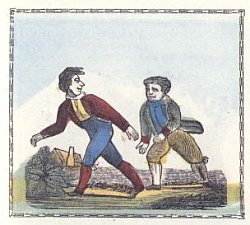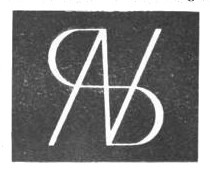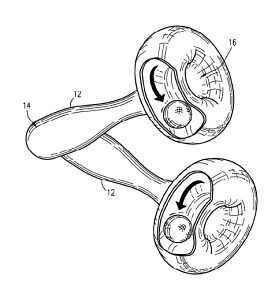A milksop, jilted by his lass, or wandering in his wits,
Might murmur, “Stiff, O dairy-man, in a myriad of fits!”
A limner, by photography dead beat in competition,
Thus grumbled, “No, it is opposed; art sees trade’s opposition!”
A nonsense-loving nephew might his soldier-uncle dun
With “Now stop, major-general, are negro jam-pots won?”
A supercilious grocer, if inclined that way, might snub
A child with “But ragusa store, babe, rots a sugar-tub.”
Thy sceptre, Alexander, is a fortress, cried Hephæstion.
Great A. said, “No, it’s a bar of gold, a bad log for a bastion!”
A timid creature, fearing rodents–-mice and such small fry–-
“Stop, Syrian, I start at rats in airy spots,” might cry.
A simple soul, whose wants are few, might say, with hearty zest,
“Desserts I desire not, so long no lost one rise distressed.”
A stern Canadian parent might in earnest, not in fun,
Exclaim, “No sot nor Ottawa law at Toronto, son!”
A crazy dentist might declare, as something strange or new,
That “Paget saw an Irish tooth, Sir, in a waste gap!” True!
A surly student, hating sweets, might answer with élan,
“Name tarts? No, medieval slave, I demonstrate man!”
He who in Nature’s bitters findeth sweet food every day,
“Eureka! till I pull up ill I take rue,” well might say.
— Harper’s New Monthly Magazine, June 1873






